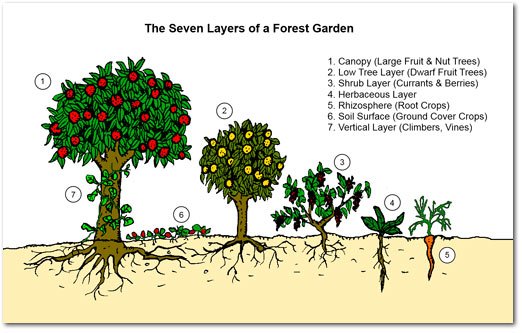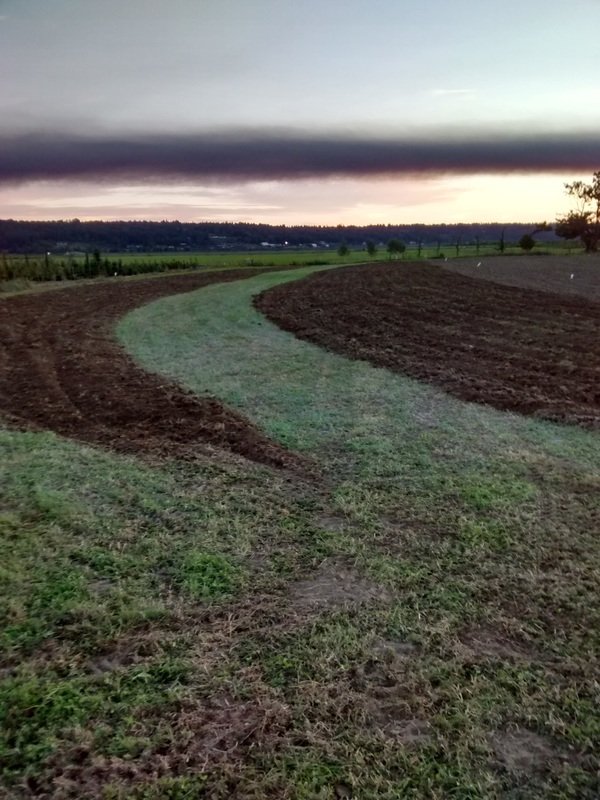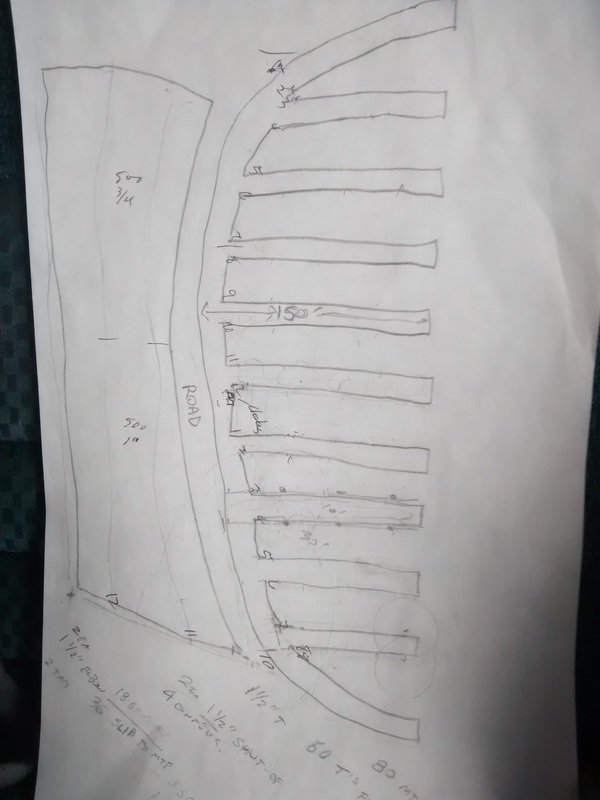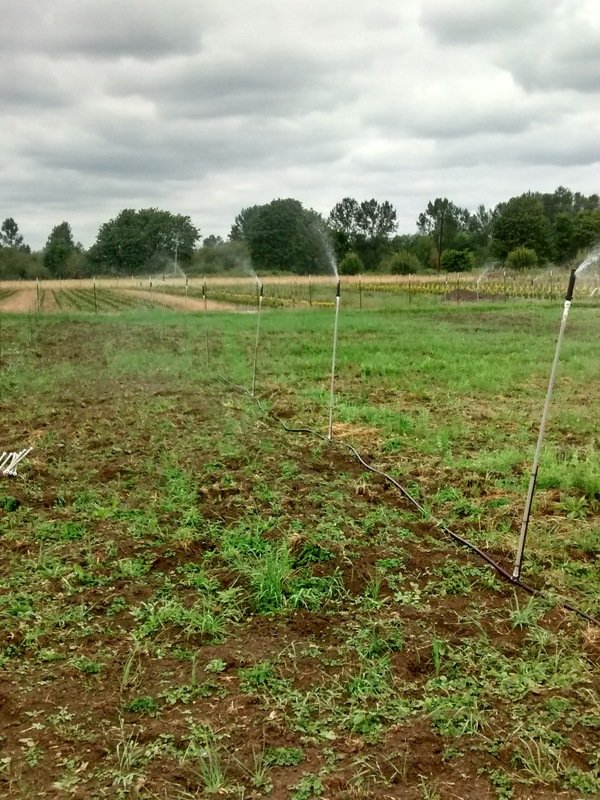It’s not the first time that my impulses triumphed over my common sense or maybe i also have some uncommon sense as well. When everyone is telling you you’re crazy, you just might be on to something. I mean, any idea that isn’t at least a little bit dangerous is not really worthy of being called an idea in my opinion, more like a suggestion. All the best ideas come from people accused of being crazy and none of it was possible until someone did it.
As I sipped a cold Margarita burning under the Mayan Riviera sun, my toes bored into the warm sand like roots trying to take hold into the ground, vainly believing it can prevent me from acting on thoughts my brain was entertaining at that moment. What thoughts could possibly lure me away from my comfortable, lucrative career closing tables, selling timeshare at an all-inclusive, clothing optional resort? What’s better than working four hours a day, a free breakfast and free alcoholic drinks at work, excellent pay and travel benefits? Basically making six figures partying your ass off, laughing and drinking with half-undressed people on vacation. They pay three grand a week to be there and I make three grand a week living there. True there’s only so much a guy can take but I’ve learned to pace myself. What brilliant, revolutionary idea was bubbling in my happy-hour powered mind in fluent Tequilish , which I speak fluently?

Growing a food forest. WTF?
OK, maybe I am crazy but that’s what was going through my mind that tequila sunrise morning. I mean, how many hot girls can you entertain on a yatch for a week while they vacation before it gets old? How many hours can you work on your tan and go sailing before boredom sets in? I’ll tell you how many. Ten years that’s how long. Ten years of living the dream before I felt an overwhelming desire to get my hands in some good soil and grow things. Anything but sand, just give me some good soil.
Soil is a beautiful thing. It’s life, it’s death, it’s real magic to those in the know. I’ve worked with many soil types in my life but making soil in the tropics is not that easy. I tried. Compost in the tropics melts before it has a chance to become soil and it’s so hot that one gets lazy. Siestas are a more beautiful thing in the tropics than soil. I did my best to resist the sales pitch my thoughts were giving me on why I should stay at my kick ass job and enjoy it and I did…enjoy it I mean. Very much so. But in the end, the urge to grow made me go.
Crazy! That’s what they always say, the naysayers. That’s what they said when I moved to Mexico ten years earlier, at 40 years old, without a job or knowing the language or anyone in Mexico and it worked out better than even I imagined. So to leave this great career of mine at 50 years old to move to a city I’ve never been to with nothing certain ahead of me except that I’m going to grow a food forest is, well, crazy I guess to most people. I believe it’s crazier to not listen to your heart when it tells you to do something although I admit that I did put up a fight, if only in my own mind and besides, tequila tastes better on a tropical beach. Someone must speak Tequilish there or I can teach people the basics.
So, saying goodbye to my friends, my neighbors, my maid and all my worldly possessions, I bought a one way ticket to Seattle, Washington and booked into the Green Tortoise at Pike Place Market. That's the a story of another adventure seeped in interesting people and colorful encounters best saved for another time, but if you’re ever in Seattle I highly recommend staying there and the location is right on the main artery of the city’s pulse.
I’ll spare you the nail biting details of how I got from there to here for now, so let’s skip ahead two years to the farm that I landed on.
Skipley Farm in Snohomish, Washington is owned by Gil Schieber, a great horticulturist who grows apples, blueberries, currants and countless other crops. He’s a wealth of plant knowledge and a joy to be around, full of passion about growing and most eager to try new things in the garden. With his encouragement I began planting food crops and raising chickens and rabbits on his 7 ½ acres of mixed, fruit orchard. As much as I love growing and eating food there is little room left for growing a proper food forest on his land. It’s great to be growing, don’t get me wrong, but annual crops are not really sustainable like a food forest and a hell of a lot of work.
One day we rode out to a 5 acre field nearby owned by Gil’s friend, Becky Brindle, that is ideal for starting a food forest. I mentioned this to Gil and he replied, “ Becky doesn’t believe in permaculture”. I didn’t even know what that meant so I left it alone until I had a chance to talk with Becky.
I got that opportunity soon after only to realize, like Gil said, she wasn’t interested in permaculture, food forests or raising animals on the property, but she was open to growing annual crops. After a while she kept suggesting we grow something and even though she had some good ideas, annual crops don’t excite me like perennials do. I love the permanence in permaculture. The act of setting something in motion that will continue for generations and is self fertilizing, self regulating and self replicating just feels right. It’s what nature does all the time. It’s beyond sustainable, it’s alive ( self replicating ). Unfortunately, it appeared that as ideal as that piece of land was for such a project, in her mind it wasn’t her thing. I respect that even though I didn’t understand her resistance and life went on.
As we had more occasions to hang out and get to know each other I learned that Becky’s introduction to the idea of permaculture left a bad impression on her but something changed her mind when she realized what a food forest really is. Perhaps no one has explained; Why a food forest? I mean, when’s the last time you watered the forest, or fed and planted it? Food forests require less work once established and that was something that appealed to her. And besides, I will work for food forests…really affordably. So, as if by magic, she’s now ready to plant a food forest on her land. How wonderful is that?

So now we’re looking to start a project on her 5 acres and I’m excited because the land is like a blank slate in full sun with good access and is only 5 minutes away and 29 miles from the city. It’s zoned agricultural and close to good resources like compost, nursery stock and right next door to a feed supply store. It has great potential..
During a break in the spring rain, I took ten soil samples to about twelve inches deep from a wide cross section of the field, mixed them all up and sent them to the lab for a full test. The soil looks homogeneous and free of rocks. The results came back and recommended that lime be added to bring the pH up so we did.
The field is mostly made up of mixed grasses, dandelion, dock, clover and some buttercup and is very consistent throughout. It has a silt loam texture with 41% sand, 47% silt and 22% clay. This soil is a great starting place for building upon to create rich soil. I’ve worked with worst soils and this will be a pleasure to work with. The back 2 ½ acres were limed to bring up the pH, plowed on contour, tilled and cover cropped with a mix of legumes, vetches, bell beans and oats.
The design is a fusion of growing systems. Part alley cropping, mixed orchard, permaculture design principles and eventually, animal grazing. I know from experience that edges create microclimates and maximizing interactions between edges and plantings balances the whole design and opens up opportunities. So I’m creating as many edges as possible in the design.
The more edges between ecosystems, for example, water and land, field and forest, tall trees and shorter shrubs, etc., the more opportunities for life to develop niches. Provided water is available, creating more edges in your design ignites more possibilities for life to flourish. Alley cropping increases the edges between the fields and the soon-to-be forest giving us more niches to fill later as the growth increases.

Taller trees will be planted towards the north with trees getting smaller as they move south across the landscape, allowing sunlight to reach into the canopy. Annuals, perennials and animals can be raised in the alleys, increasing fertility and reducing pests. Eventually, this whole area will be a food forest that self replicates itself, but in the meantime we'll get some production as we build up the soil health and increase the plant diversity. Before the trees reach maturity the alleys will grow some crops.
On the Northwest side of the property we’ll create a windbreaker to shelter the prevailing winds and as the trees grow down the aisles they will shelter the alleys and create a sun-trapped field surrounded by multilayered, producing trees and plants, beneficial insects, nitrogen fixers and plenty of biodiversity.
Irrigation :
The main irrigation line is 1 ½ “ black poly that will eventually be buried. The lateral, ¾” poly lines run parallel to the 12’ aisles where the trees and shrubs will be planted. Every 30’ a sprinkler head that throws a 30’ circle of water is mounted on a 5’ supported stake . The water should overlap and get good coverage while the
Later, as the trees mature, reducing the growing space in the alleys and the need for water, the sprinklers’ throw pattern can be adapted or removed and replaced with drip line as needed, further reducing water usage.

Every 100’ along the curved road running through the center is a water tap for convenience and main shut-off valve closer to the design to save walking further if I need to shut off the water. The berm along the road in the middle is graded to infiltrate water into the planted area.
Tillage and plowing was done on contour to help slow down and soak up water. The rows will get planted in a 7 layer food forest canopy, with guilds developed underneath the trees and cover crops and coppiced, nitrogen fixing trees and shrubs. The alleys will have cover crops grown on them the first year and then an annual rotation of vegetables which will eventually get replaced with more perennial food crops. Animals will graze and fertilize the whole area once it is more established.
Cover Crop Seed :
The cover crop seed was inoculated with nitrogen fixing bacteria and hand broadcast at a rate of 5 lbs./1000 and is a mix of:
• 45% Bell beans
• 15% Biomaster Peas
• 10% Purple Vetch
• 10% Caruso White Oats
• 10% Dundale Peas
• 5% Common Vetch
• 5% Lana Wooly pod Vetch

The final results will be years into the future so I'll make more posts as it evolves. Once the cover crops are established we'll start planting trees and shrubs and the other layers of the food forestand then gradually introduce animals into the system. Follow me for more updates and thanks for reading my post.
If you are growing food or a food forest or are interested in permaculture, please let me know.

